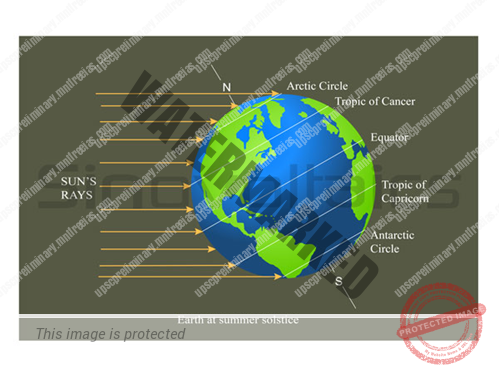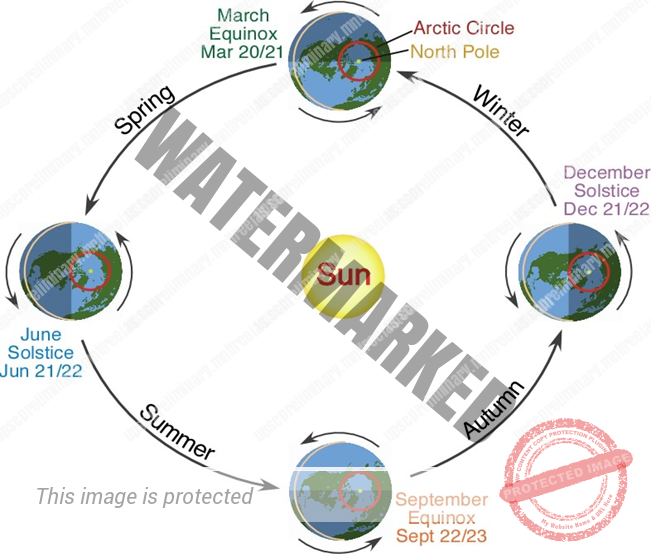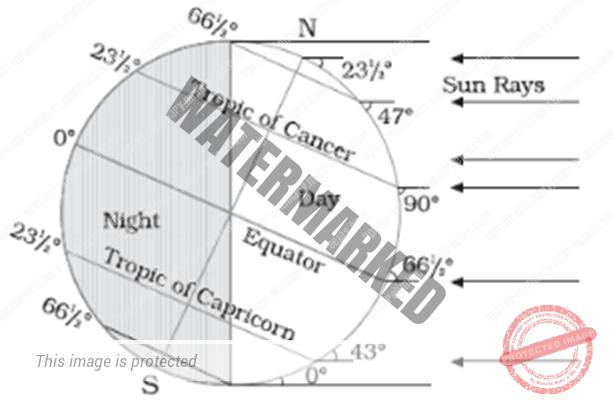- SOLAR RADIATION, HEAT BALANCE
- VARIABILITY OF INSOLATION AT THE SURFACE OF THE EARTH
UNIT 4 – CLIMATOLOGY – PART 7
SOLAR RADIATION, HEAT BALANCE AND TEMPERATURE
The earth receives almost all of its energy from the sun.
The earth in turn radiates back to space the energy received from the sun.
As a result, the earth neither warms up nor does it get cooled over a period of time.
Thus, the amount of heat received by different parts of the earth is not the same.
This variation causes pressure differences in the atmosphere.
This leads to transfer of heat from one region to the other by winds.
This chapter explains the process of heating and cooling of the atmosphere and the resultant temperature distribution over the earth’s surface
SOLAR RADIATION
The earth’s surface receives most of its energy in short wavelengths. The energy received by the earth is known as incoming solar radiation which in short is termed as insolation.
As the earth is a geoid resembling a sphere, the sun’s rays fall obliquely at the top of the atmosphere and the earth intercepts a very small portion of the sun’s energy.
The solar output received at the top of the atmosphere varies slightly in a year due to the variations in the distance between the earth and the sun.
During its revolution around the sun, the earth is farthest from the sun (152 million km on 4th July). This position of the earth is called aphelion.
On 3rd January, the earth is the nearest to the sun (147 million km). This position is called perihelion.
Therefore, the annual insolation received by the earth on 3rd January is slightly more than the amount received on 4th July.
However, the effect of this variation in the solar output is masked by other factors like the distribution of land and sea and the atmospheric circulation.
Variability of Insolation at the Surface of the Earth
The amount and the intensity of insolation vary during a day, in a season and in a year. The factors that cause these variations in insolation are:
- the rotation of earth on its axis.
- the angle of inclination of the sun’s rays.
- the length of the day; (iv) the transparency of the atmosphere.
- the configuration of land in terms of its aspect. The last two however, have less influence.
The fact that the earth’s axis makes an angle of 66½ with the plane of its orbit round the sun has a greater influence on the amount of insolation received at different latitudes
Spatial Distribution of Insolation at the Earth’s Surface
The insolation received at the surface varies from about 320 Watt/m2 in the tropics to about 70 Watt/m2 in the poles.
Maximum insolation is received over the subtropical deserts, where the cloudiness is the least.
Equator receives comparatively less insolation than the tropics.



